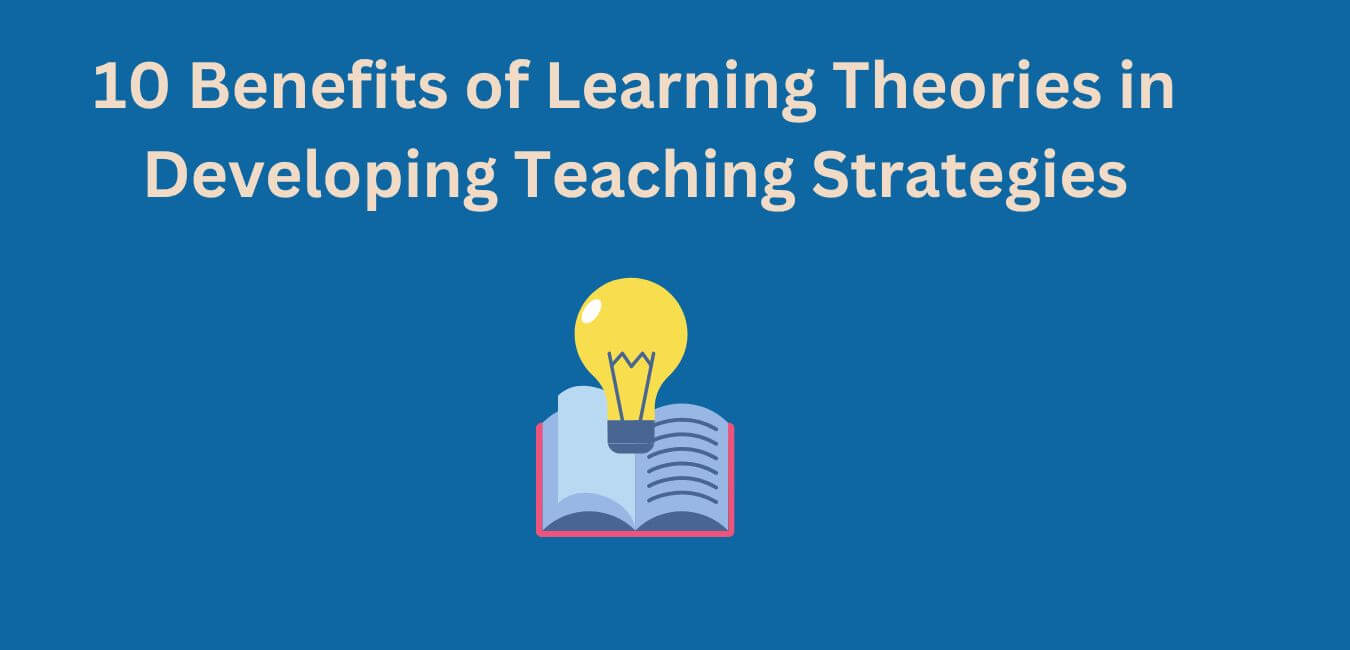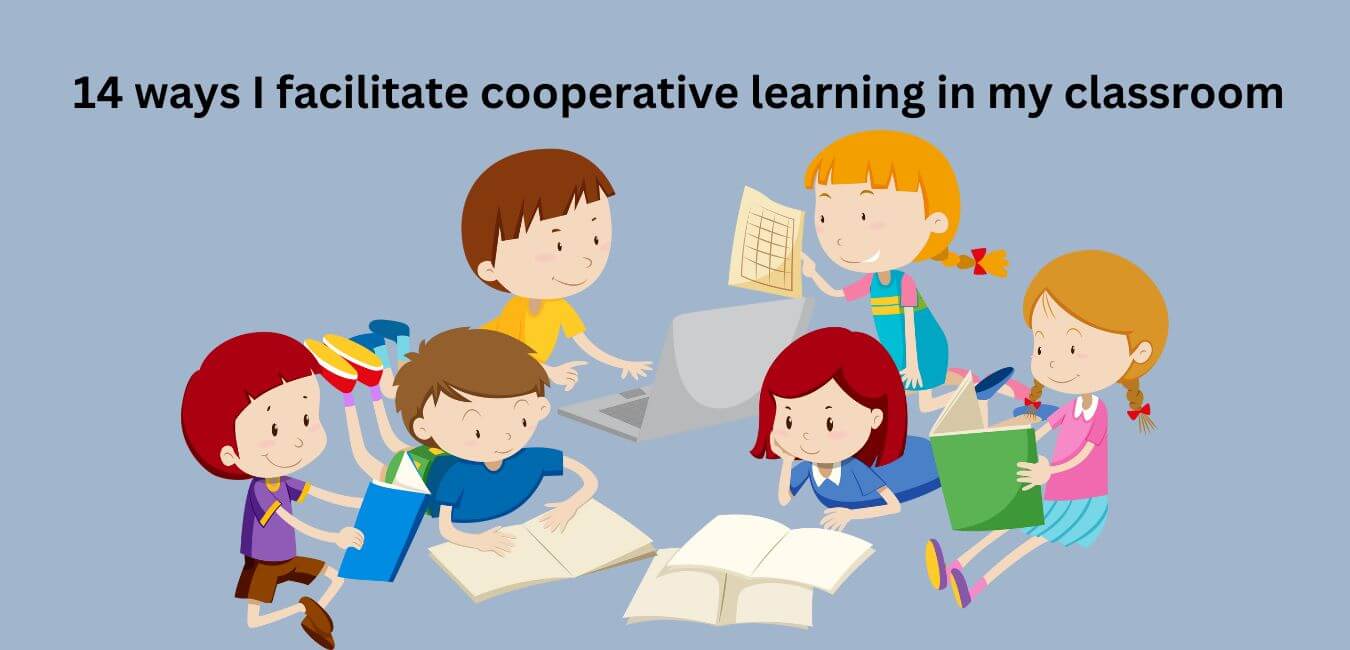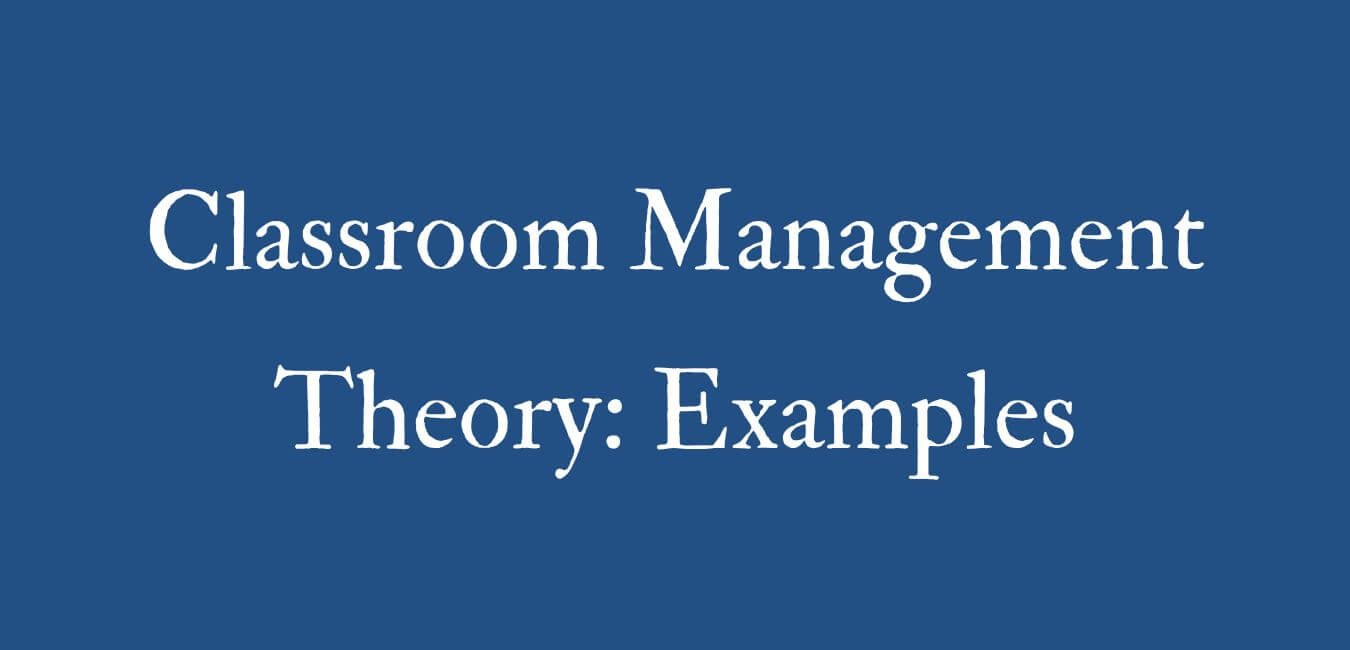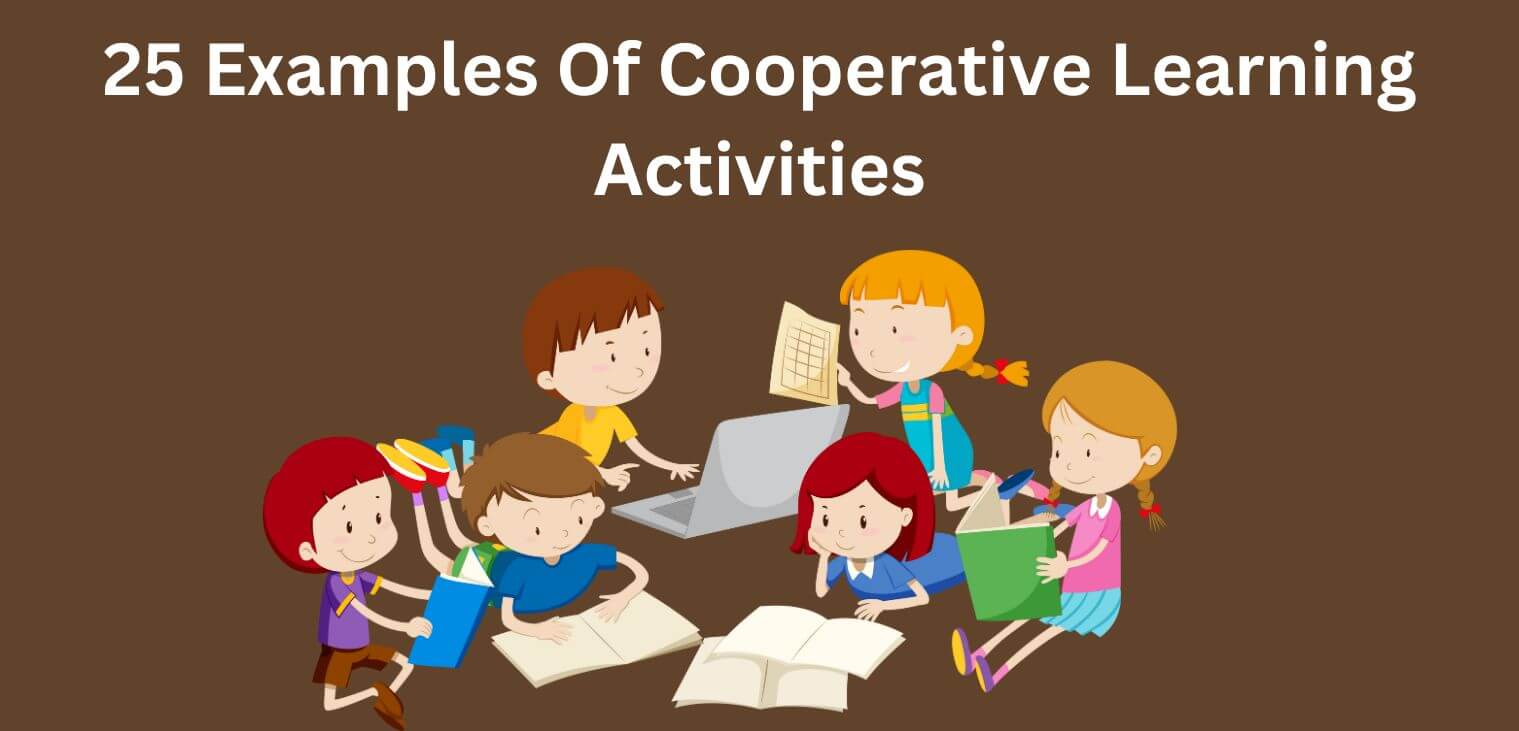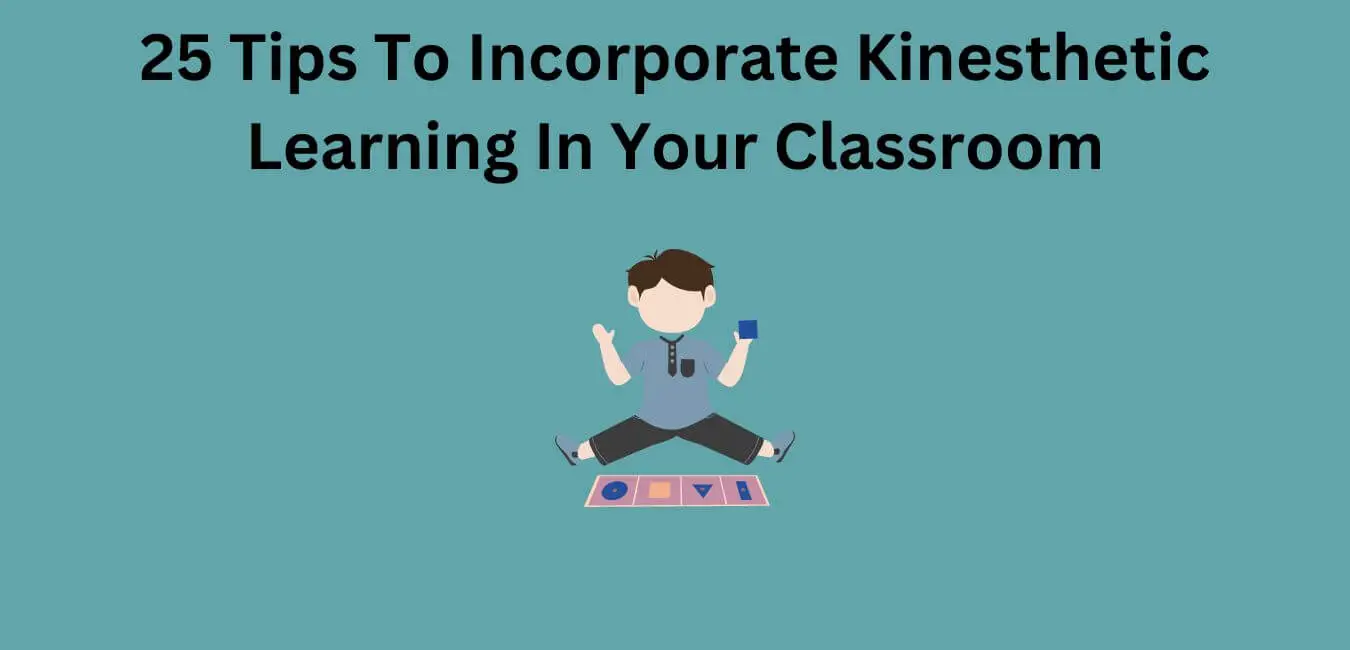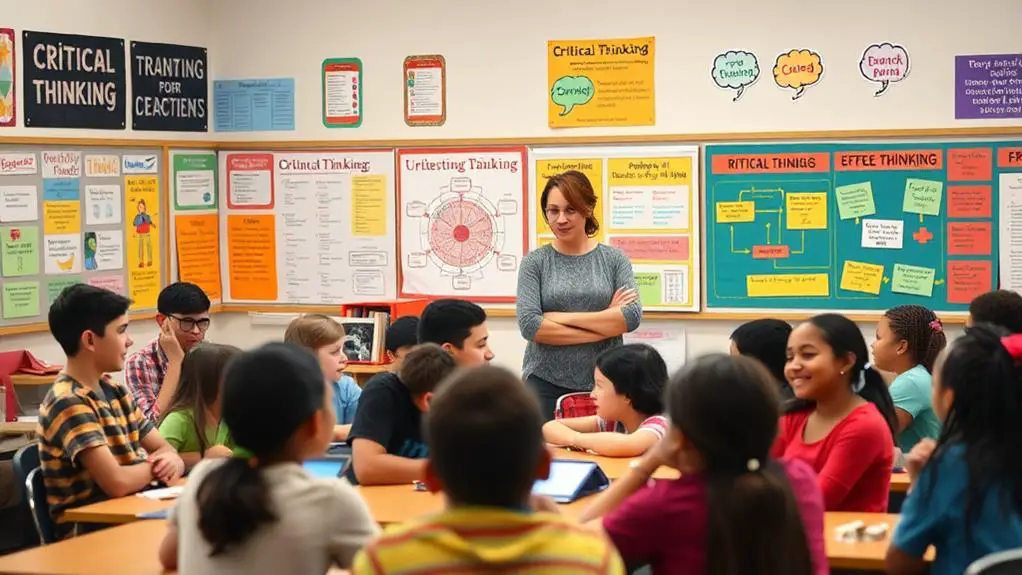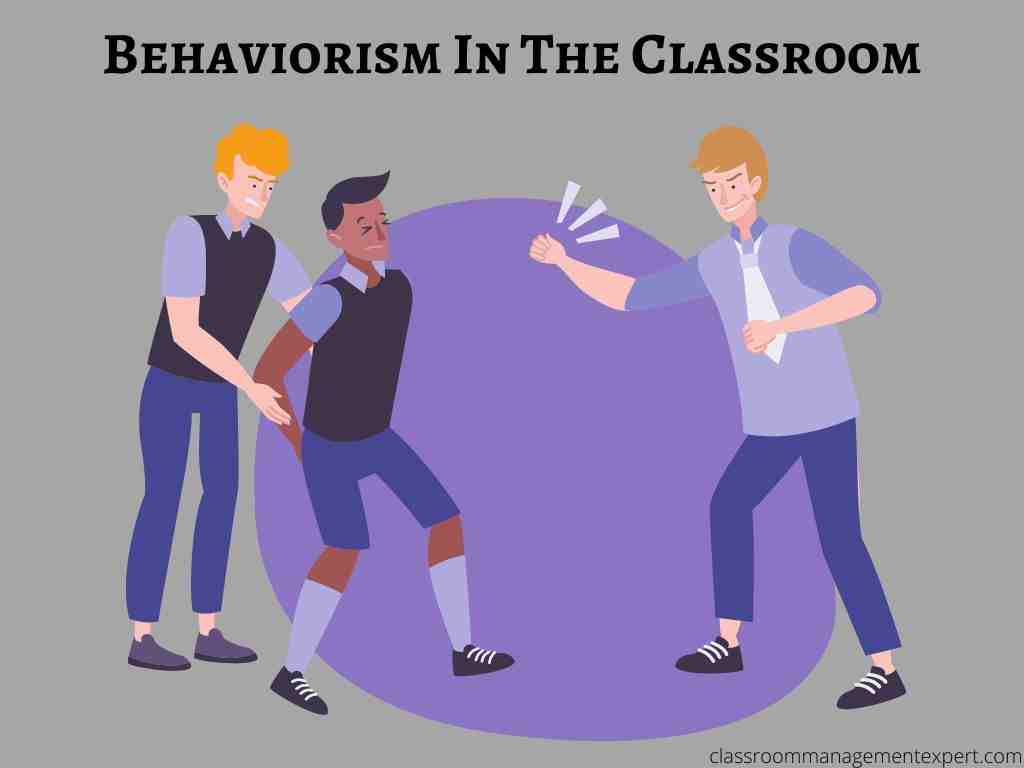Do you want to create effective teaching strategies? Do you need to understand the benefits of applying learning theories when developing teaching strategies?
If so, this blog post is for you. In this article, we’ll discuss the 10 benefits of applying learning theories when developing teaching strategies.
Table of contents
Benefits of Applying Learning Theories When Developing Teaching Strategies
Improved understanding of student learning processes
Applying learning theories helps improve my understanding of student learning processes by providing verified instructional strategies, tactics, and techniques.
It explains how learning occurs and the factors that influence learning, and it affords me variety in pedagogies.
I can use analogies to assist in understanding new concepts and develop effective instructional and assessment methods.
It also provides insight into the complex process of learning, including what motivates people to learn, and what circumstances enable or hinder learning.
Understanding various learning theories can help me deliver information effectively and ensure that it is retained and integrated into my students’ mental models.
Increased knowledge of teaching methods
Applying learning theories to teaching methods helps increase my knowledge of teaching strategies.
Theories provide structure and context to classroom instruction and can be used to create a curriculum that aligns with the needs and aptitudes of different students.
Additionally, the theories provide a framework to guide decision-making in assessing grade placement and designing teaching strategies.
By drawing from adult learning theories, I can apply andragogy to my classroom instruction in order to create a deeper understanding of concepts.
Moreover, active learning strategies can help me increase student engagement and understanding of the material.
Overall, applying learning theories to teaching methods helps increase my knowledge of teaching strategies and provides me with the tools to create an effective curriculum.
3. Enhanced curriculum design
Applying learning theories can help enhance curriculum design by providing insight into the process of learning.
Learning theories can help instructional designers understand how people learn, retain and recall information, and stay motivated and engaged in learning.
By having an understanding of different learning theories, educators are able to create lessons that are more effective and engaging for students.
They can also create a more inclusive environment by using their students’ diverse backgrounds to enhance the curriculum.
Additionally, having an understanding of learning theories can help educators select a suitable approach for designing a specific curriculum.
Overall, understanding the principles of learning theories can help enhance curriculum design and create more effective learning experiences for students.
4. Increased engagement
Applying learning theories can help increase engagement among students in the classroom by creating a more motivating and engaging learning environment.
By understanding how students learn, teachers can tailor their instruction to better meet the needs of their students.
This could involve implementing active learning strategies that involve collaboration and providing students with opportunities to practice and receive feedback.
Furthermore, technology can be used to foster engagement and create an environment where students are encouraged to take ownership of their learning.
By making learning more engaging and enjoyable, students are more likely to take an active role in their own learning. This can help increase their knowledge and understanding of the subject.
5. Improved teaching strategies
Applying learning theories to teaching strategies can be a great way to improve classroom learning.
By understanding the various learning theories, and how they apply to different types of learners, educators are able to create lessons that are tailored to the specific needs and aptitudes of their students.
This understanding also helps educators to design more effective instruction and assessment methods, which can have a significant impact on student learning.
Additionally, applying learning theories can help educators better understand the environment in which their students are learning and develop more effective metacognitive strategies.
Ultimately, understanding learning theories can help educators create better teaching strategies that will effectively engage their students.
6. Increased motivation
Applying learning theories can help to increase motivation in the classroom by providing a range of strategies to support student learning.
Through understanding and utilizing theories, teachers can enhance their students’ motivation by encouraging them to be thoughtfully and critically engaged in the learning process.
Furthermore, understanding learning theories can result in a variety of outcomes, from improving communication between students and teachers to determining the best ways to increase student achievement and mastery of the task.
By tapping into the various cognitively oriented theories of motivation, educators can provide students with the support they need to better understand, engage, and be successful in the classroom.
7. Improved assessment methods
Applying learning theories to assessment methods can be beneficial in the classroom. By understanding different learning theories, I am able to develop instructional and assessment methods that are effective and tailored to individual learners.
For example, in constructivism theory, Gagne’s nine events of learning, and formative assessment help to design an effective lesson plan.
They provide a framework for the design of instruction and assessment that can assist to develop appropriate strategies for teaching methods and learning strategies.
These theories provide the context of learning, underlying motivation, and methods of teaching, and these have implications for designing and evaluating successful learning experiences.
Additionally, these theories have their own strategies for continual improvement and help to explain how the learning process happens, as well as provide teachers with principles to use for helping students to learn.
Ultimately, by understanding and applying learning theories to assessment methods, I am better equipped to create lessons and assessments that enhance the learning process and improve learner outcomes in the classroom.
8. Increased student self-regulation
Applying learning theories can help us develop strategies to increase our students’ self-regulation in the classroom.
Research has shown that self-regulation is an important factor in student success, and that students have to be taught how to regulate their own behavior.
By understanding the different types of learning theories and how they work, we can develop strategies that are tailored to our students’ unique needs.
For example, behaviorism focuses on the relationship between a stimulus and a response, so we can use rewards and punishments to shape our students’ behavior.
On the other hand, constructivism emphasizes the importance of learning through meaningful experiences, so we can create activities and lessons that will engage our students and help them learn how to regulate themselves.
By using these strategies and applying learning theories, we can help our students develop the skills necessary for self-regulation.
9. Increased effectiveness of teaching materials
Applying learning theories helps us develop strategies to increase the effectiveness of our teaching materials in the classroom.
By understanding various theories and their implications, we can create lessons that enhance the learning process and explain the instructional methods.
We can also encourage desirable behaviors in the classroom through the use of positive reinforcement, equip teachers to assist learners in applying the proper learning strategies, and model group discussions.
Additionally, we can teach students to develop a mindset that doesn’t shrink from challenges and learning methods that can be applied to any subject.
Ultimately, these strategies help increase cognitive learning skills and make our teaching materials more effective.
10. Improved instructional design
Applying learning theories to instructional design can help us create lessons that are effective and engaging.
By understanding how people learn, we can develop instructional strategies that ensure that learners retain and recall information, and stay motivated and engaged.
Learning theories also give us insight into how to design our lessons and assessments to ensure that learners are able to reach their learning objectives.
We can use these theories to create meaningful learning experiences, develop effective instructional and assessment methods, and continually enhance our instructional design practices.
Ultimately, applying learning theories to our instructional design helps us create better learning outcomes.
Conclusion and final thoughts ????
We’ve just explored 10 of the most important benefits of learning theories and how they can be applied to teaching strategies.
Now it’s your turn: What other advantages do you think learning theories offer? How have you seen them used in the classroom?

